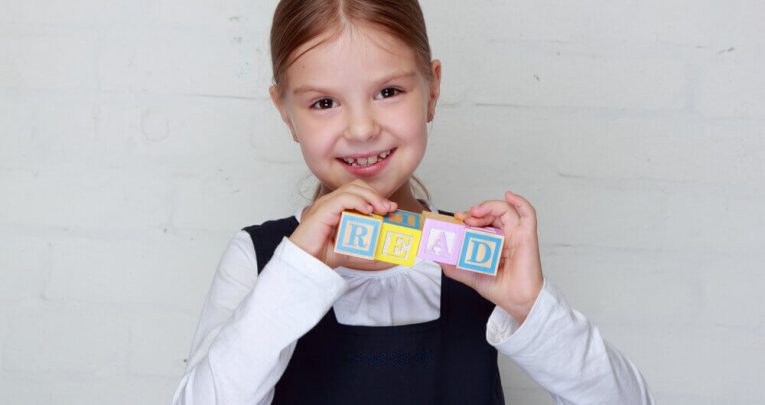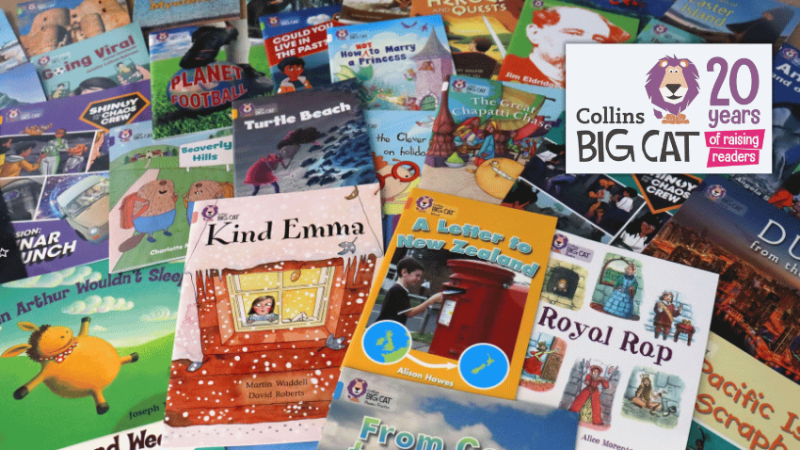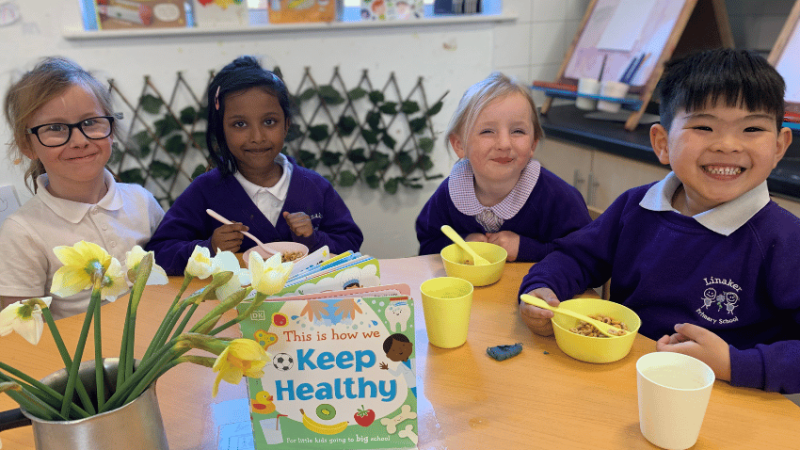Teaching phonics – why reading is so much more than SSP

Reading's big picture looks far beyond phonics. Here's what else you need…

- by Sue Cowley
- Author of more than 30 books for educators Visit website

The question of how we learn to read fascinates both teachers and policy makers. Teaching children to read is vital to ensure they can access the curriculum, and becoming literate allows children to participate fully in society, with poor literacy skills closely linked to social issues like unemployment and poor mental health.
Over the past two decades, there has been an increased focus on finding the ‘best way’ to support this process. But as focus and investment from the DfE slants ever more towards decoding, is it time to ask if the balance has tipped too far?
The ‘subject’ of phonics
When I pointed out on Twitter that “’phonics’ gets talked about like it’s a subject in its own right, rather than a method for learning to read,” I got a strong reaction. From a parent whose child got “phonics interventions even after he learnt to read perfectly well” [sic], to claims that phonics felt like it had become a “cult”.
Certainly, there is a heavy focus from the DfE on systematic sustained phonics (SSP), alongside ever tighter controls on how the method is applied. This could lead to teachers focusing more on decoding than on comprehension. Ofsted ‘deep dives’ into reading, and an insistence that children start phonics from the first week in Reception, have caused concern.
Phonics check
In 2012, then-Schools Minister Nick Gibb MP introduced a statutory Phonics Check. The check was described as a ‘light touch’ diagnostic tool to identify children needing additional support. It soon transformed into something different. With Gibb sending out letters to schools that achieved a ‘100% pass rate’, the check became a closely monitored data point.
Ofsted’s Bold Beginnings report added to the pressure to focus on formal literacy from the start of Reception. With the publication of the DfE’s ‘Reading Framework’ in July 2021, pressure on teachers to emphasise phonics comes from every angle.
In a House of Commons speech in 2011, Gibb said that SSP would “eradicate illiteracy”. A decade later, shortly after becoming Education Secretary, Nadhim Zahawi told the Conservative Party Conference about his plans to “tackle innumeracy and illiteracy”. Apparently, despite millions of pounds spent on phonics programmes and testing, and Gibb’s laser-like focus on SSP, it has still not worked.
The bigger picture
As research shows, phonics is not enough. In fact, support for early language development, skilled teaching of comprehension strategies, and a focus on developing a love of reading, are equally important in learning to read.
The DfE’s Reading Framework acknowledges that ‘word reading and language comprehension require different sorts of teaching’. It further notes that ‘language comprehension and composition are developed by talking, listening to and talking about stories, and by learning poetry and songs’.
Early language development
Serve and return conversations lie at the heart of language development in young children. The term refers to warm interactions between an adult and child, where the adult listens carefully, responding to and building on what the child says. Like a game of verbal tennis between teacher and pupil, these interactions are hugely powerful in supporting early brain development.
The Center on the Developing Child at Harvard offers an excellent explanation of what ‘serve and return’ is and why it matters so much. Their website has a series of videos showing the process in action, suitable for parents and carers as well as teachers.
Talking, writing, reading
Reading is inextricably linked with talking and writing. Activities where children make sense of what they read by reframing and retelling stories, support comprehension and an understanding of language structures.
Trending
Pie Corbett’s ‘Talk for Writing’ approach is very popular in early years settings and primaries. The approach involves deconstructing and reconstructing stories, picking them apart to identify plot and features, then imitating and innovating by changing key elements.
Even the youngest children can participate in storymaking activities – a reminder that reading does not start with SSP in Reception. The work done by early years practitioners on developing children’s phonological awareness, their vocabulary and expressive language, and their knowledge of how books ‘work’, is all crucial in learning to read.
Reading comprehension strategies
When working with readers who struggle to understand what they read, it is vital for teachers to identify the source of the problem. Is it about a struggle to decode, or is the issue vocabulary and understanding of language structures?
By supporting children to learn vocabulary, using lots of oral language approaches, teachers can support the development of reading comprehension. To help children conceptualise ‘reading’ in its widest sense, use graphics to draw children’s attention to specific features, actively engaging them with different media and genres (including digital technologies).
The role of questioning
Questioning plays a central role in learning to read and write, with peer and self-questioning as well as teacher questioning playing their part. The way that teachers use questions supports children to develop their own strategies.
Encourage children to predict, to clarify, to summarise and to activate prior knowledge while they are reading and writing. Open ended questions are useful for supporting children to think laterally and make inferences – ‘I wonder what is happening here?’ is a great opener for talking about books.
Reading for pleasure
Supporting children to read for pleasure is absolutely central to developing reading, because it means they are far more likely to read outside of school. Create rich, social environments for reading, encouraging children to share recommendations for books that their peers will love too.
Collaborative activities such as shared reading or talking about books can promote a sense of the joy of reading within the peer group.
And of course, reading aloud to children is one of the very best ways to engage them and support a growing love of reading. Bringing stories to life is a vital part of the teacher’s toolkit – indeed, it is as much a part of their toolkit as knowledge of how to teach phonics.
Well-rounded reading tips
- Ensure that new vocabulary is embedded for children, by using it in different contexts
- Support language development by ensuring you talk with children, as well as to them
- Parental support is vital – run workshops for parents to teach key ideas and strategies
- Encourage children to articulate ideas verbally, before writing them
- Do lots of ‘thinking out loud’ to show children how you can structure and construct ideas in your head like a writer
- Encourage children to monitor their own progress, think and talk about what they find difficult, and set themselves targets (metacognition)
- Share information with children about what to read next, giving them ideas for ‘if you liked this, you should like this too’.
Resources
- The Center on the Developing Child, Harvard University – Serve and Return
- The National Literacy Trust – Words matter: the role of literacy in combatting social exclusion
- Open University – Reading for Pleasure website
- The Reading Framework, DfE publication
Sue Cowley is an author, teacher trainer and early years teacher. She has helped to run her local early years setting for the past decade. For more information visit suecowley.co.uk or follow Sue on Twitter @Sue_Cowley.










